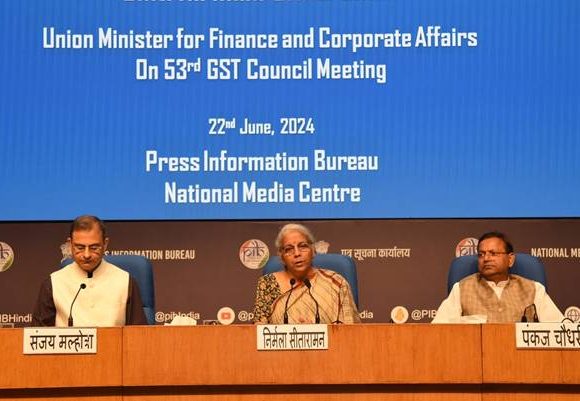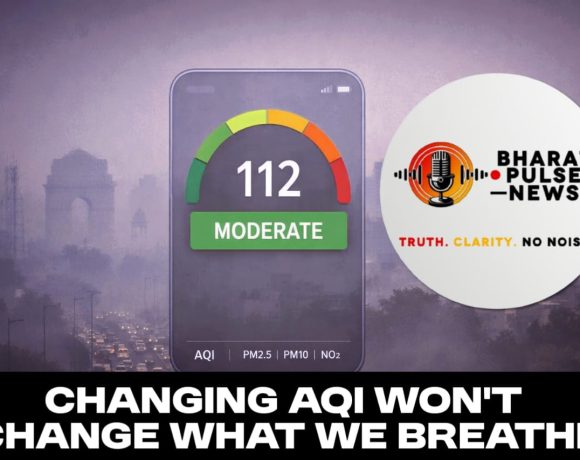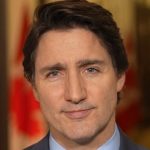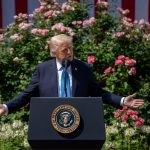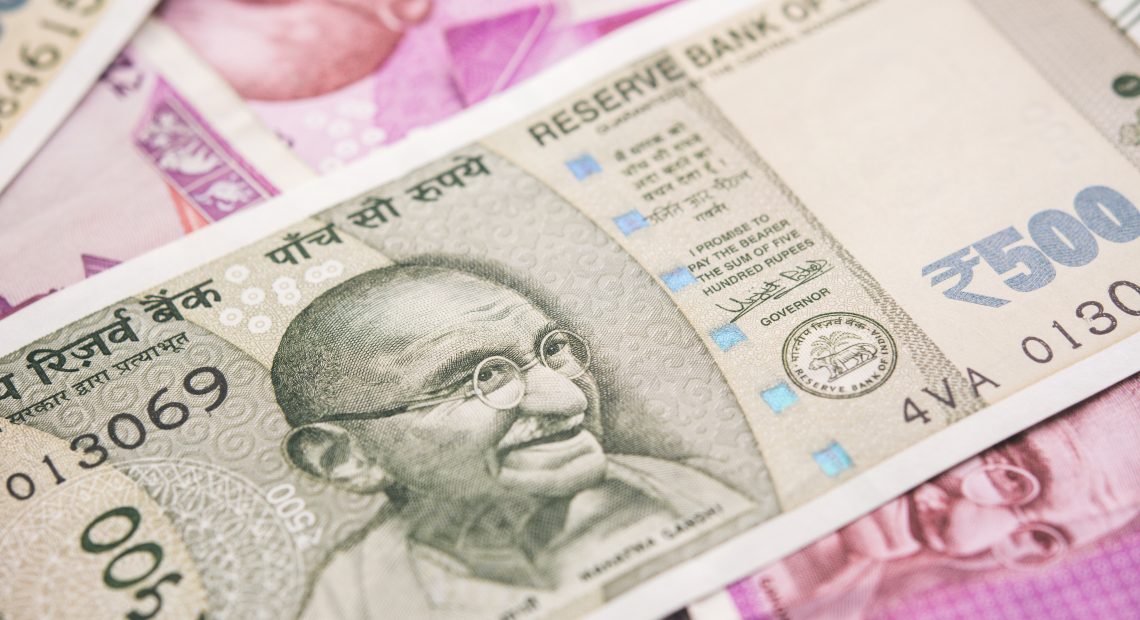
Rupee Falls to Record Low as US Tariffs Shake Markets
The Indian rupee has depreciated to a record low of 87.29 against the US dollar, following heightened global trade tensions. The sharp decline is attributed to new US tariffs on major trading partners, which have caused uncertainty in financial markets and increased demand for the dollar.
US Tariffs and Market Reaction
The United States recently imposed a 25% tariff on imports from Canada and Mexico, along with a 10% tariff on goods from China. These trade restrictions have raised concerns about a global economic slowdown, prompting investors to move their assets to safer investments like the US dollar. This shift has strengthened the dollar while weakening several emerging market currencies, including the rupee.
Factors Behind the Rupee’s Decline
The rupee, which opened at 87.00, quickly fell to 87.29, marking a significant drop from its previous close of 86.62. Since the beginning of the year, the currency has depreciated by approximately 1.5%. Several factors have contributed to this decline, including persistent foreign fund outflows, increasing dollar demand from oil importers, and overall market uncertainty due to trade disputes.
Global Impact of US Tariffs
The ripple effects of the US trade policy shift have been felt across global financial markets. Asian currencies, such as the Korean won, Malaysian ringgit, Indonesian rupiah, and Thai baht, have also seen declines. The Chinese yuan weakened past the 7.36 mark against the dollar, while stock markets in Asia and Europe have recorded losses in response to the instability.
RBI’s Response and Future Outlook
There is speculation that the Reserve Bank of India may intervene to stabilize the rupee, but recent trends suggest that the central bank is allowing the currency to adjust naturally while only stepping in to prevent excessive volatility.
Analysts predict continued pressure on the rupee as global economic uncertainty persists. The trajectory of the currency will largely depend on how trade negotiations unfold and whether corrective measures can help restore confidence in the market. The situation underscores how global trade policies directly impact exchange rates and financial stability across economies.



